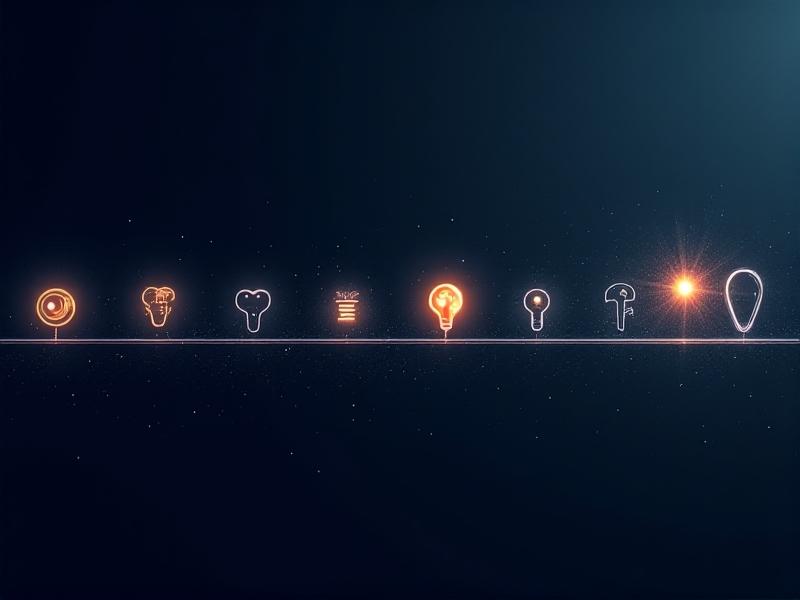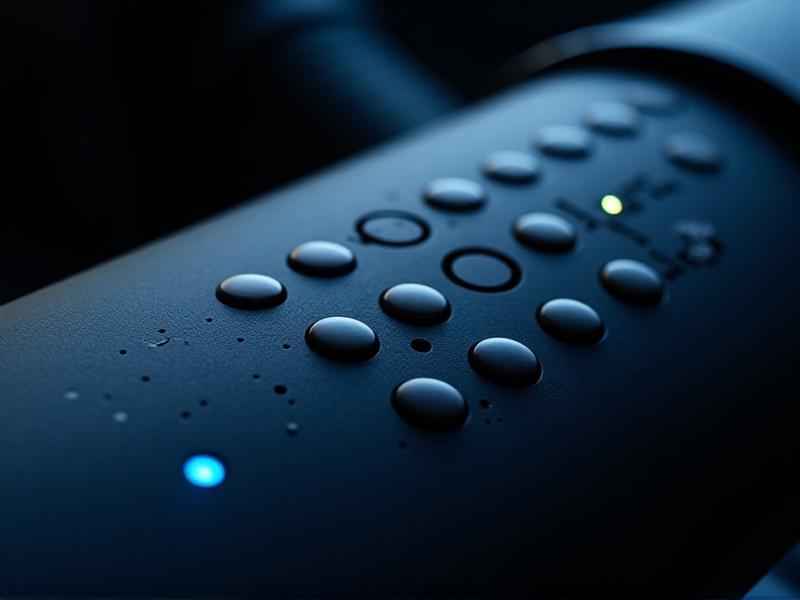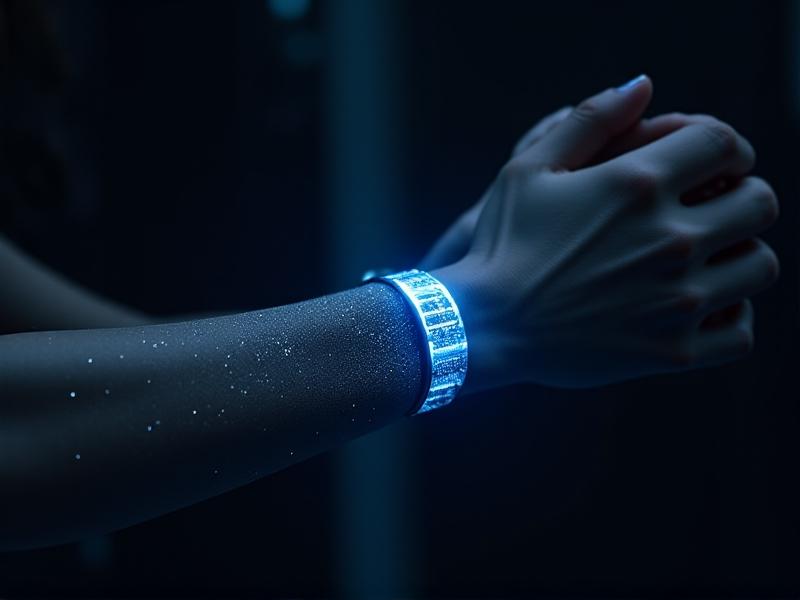Universal Design Principles for Observatory Architecture
Introduction to Universal Design in Observatory Architecture
Observatories are gateways to the cosmos, offering humanity a glimpse into the vastness of the universe. However, their design often overlooks the diverse needs of users, including those with disabilities. Universal Design (UD) principles aim to create spaces that are accessible, functional, and inclusive for everyone, regardless of age, ability, or background. In observatory architecture, applying UD ensures that the wonders of the universe are accessible to all. This article explores how UD principles can be integrated into observatory design, creating spaces that are not only scientifically significant but also socially inclusive.
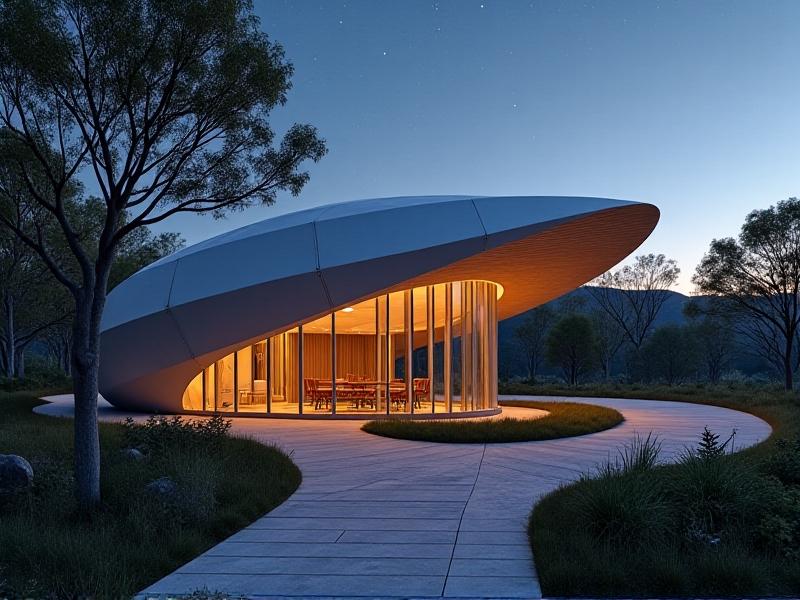
Equitable Use: Ensuring Access for All
Equitable use is a cornerstone of Universal Design, emphasizing that spaces should be usable by people with diverse abilities. In observatory architecture, this means designing entrances, pathways, and viewing areas that accommodate wheelchair users, individuals with mobility challenges, and those with sensory impairments. For example, ramps should be as prominent as stairs, and tactile indicators can guide visually impaired visitors. Equitable use also extends to digital interfaces, such as interactive displays, which should be operable by people with varying levels of dexterity or vision. By prioritizing equitable use, observatories can become welcoming spaces for everyone.

Flexibility in Use: Adapting to Diverse Needs
Flexibility in use ensures that observatory spaces can adapt to the preferences and abilities of different users. This principle can be applied through adjustable telescope mounts, which can be easily modified for users of varying heights or mobility levels. Seating areas should also be versatile, offering options for both standing and sitting. Additionally, interactive exhibits should provide multiple ways to engage, such as audio descriptions, tactile models, and visual displays. By incorporating flexibility, observatories can cater to a wide range of users, enhancing their overall experience.
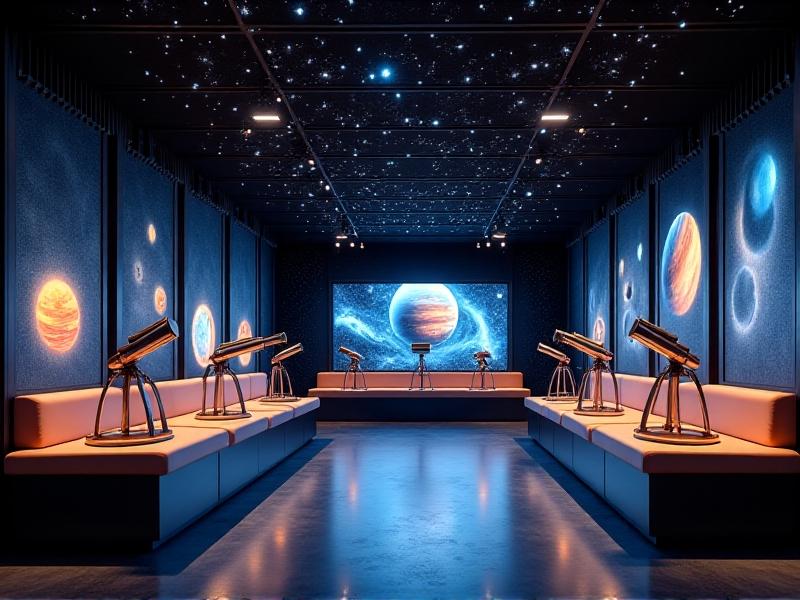
Simple and Intuitive Design: Enhancing User Experience
Observatories often house complex scientific equipment, but their design should remain simple and intuitive for visitors. Clear signage, straightforward layouts, and easy-to-understand instructions are essential. For example, color-coded pathways can guide visitors to different areas, while intuitive touchscreens can simplify the operation of interactive exhibits. Simple and intuitive design reduces confusion and ensures that visitors can focus on the awe-inspiring experience of exploring the cosmos, rather than navigating a complicated space.
Perceptible Information: Communicating Effectively
Perceptible information ensures that all visitors can access and understand the content within an observatory. This principle involves using multiple modes of communication, such as visual, auditory, and tactile cues. For instance, exhibits can include Braille descriptions, audio guides, and high-contrast visuals to cater to diverse needs. Lighting design is also crucial, as it can enhance visibility for those with low vision while creating an immersive atmosphere. By making information perceptible in various ways, observatories can engage a broader audience.
Tolerance for Error: Designing for Safety and Comfort
Observatories should be designed to minimize the risk of errors and accidents, ensuring a safe and comfortable experience for all visitors. This includes providing ample space around exhibits to prevent crowding, as well as incorporating guardrails and non-slip surfaces in high-traffic areas. Tolerance for error also extends to interactive elements, which should have clear instructions and fail-safes to prevent misuse. By prioritizing safety and comfort, observatories can create an environment where visitors feel secure and at ease.
Low Physical Effort: Reducing Barriers to Access
Low physical effort is a key principle of Universal Design, ensuring that spaces are easy to navigate and use. In observatories, this can be achieved through automated doors, elevators, and ergonomic furniture. Telescopes and other equipment should be designed to require minimal physical effort to operate, making them accessible to users with limited strength or dexterity. By reducing physical barriers, observatories can welcome a wider range of visitors, including those with chronic pain or fatigue.
Size and Space for Approach and Use: Creating Inclusive Environments
Observatories must provide adequate size and space for visitors to approach and use facilities comfortably. This includes wide corridors, spacious viewing areas, and accessible restrooms. Designers should also consider the needs of families with strollers, groups, and individuals with assistive devices. By ensuring that spaces are generous and accommodating, observatories can create an inclusive environment that caters to diverse needs.
Sustainability and Universal Design: Building for the Future
Sustainability and Universal Design go hand in hand, as both aim to create spaces that are inclusive and environmentally responsible. Observatories can incorporate sustainable materials, energy-efficient systems, and green building practices while adhering to UD principles. For example, solar panels can power the facility, while rainwater harvesting systems can reduce water consumption. By integrating sustainability into UD, observatories can serve as models for inclusive, eco-friendly architecture.
Case Studies: Successful Applications of Universal Design in Observatories
Several observatories around the world have successfully integrated Universal Design principles into their architecture. For instance, the Griffith Observatory in Los Angeles features accessible pathways, tactile exhibits, and inclusive programming. Similarly, the Adler Planetarium in Chicago has implemented adjustable seating, audio guides, and clear signage. These case studies demonstrate how UD can enhance the accessibility and inclusivity of observatories, setting a standard for future designs.
Challenges and Future Directions in Universal Design for Observatories
While Universal Design offers numerous benefits, its implementation in observatory architecture is not without challenges. These include balancing accessibility with aesthetic and scientific requirements, as well as addressing budget constraints. However, as awareness of UD grows, more designers and stakeholders are recognizing its value. Future directions may involve advanced technologies, such as virtual reality, to further enhance accessibility. By addressing these challenges and exploring new possibilities, observatories can continue to evolve as inclusive spaces for all.



